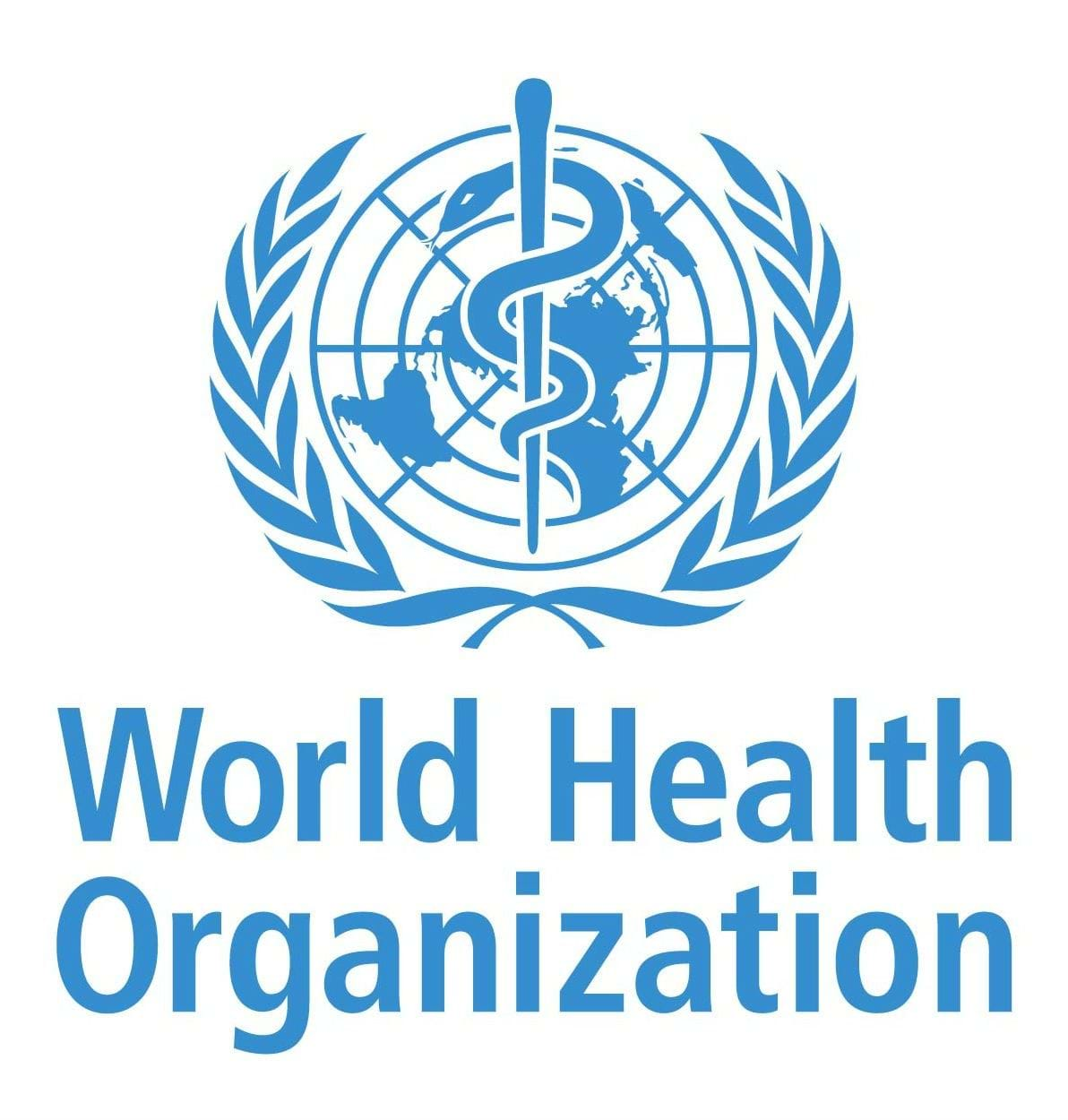Prioritizing and Packaging Health Interventions -Deciding What to Deliver, When and How
Women’s and Children’s Health in Conflict Settings

Overview
The existing evidence base from which conflictspecific guidance on delivering WCH interventions could be derived is limited and must be strengthened (see Summary Brief 2 - Women’s and Children’s Health in Conflict Settings: The Current Evidence and Guidance Landscape for Identifying and Implementing Priority Interventions). In the meantime, and as a preliminary step toward filling the guidance gap, the BRANCH Consortium proposes a conflict-specific decision-making framework to guide intervention prioritization in different conflict contexts for WCH.
The proposed framework promotes a process by which decision-makers can systematically select the most appropriate subset of recommended interventions for conflict-affected women, newborns, children and adolescents that can be feasibly delivered in the particular setting on which they are focused. By explicitly taking into account local burden and risks, the range of potential interventions to address local burden and risks, and the feasibility of delivering those interventions in the local context, such a framework would help to empower decision-makers (such as governments and local and international humanitarian agencies) in conflict settings to better navigate and adapt the broader humanitarian guidance in specific contexts, especially in the face of donor influence. The application of such a framework could also make decision-makers more accountable for what ultimately gets delivered, promoting explicit justification for decisions that are made and executed in a given setting.

.png?sfvrsn=6d0e27cd_1)



